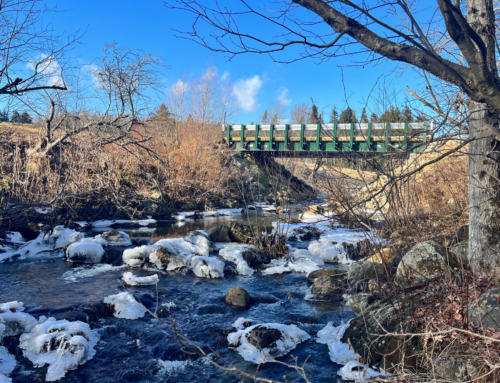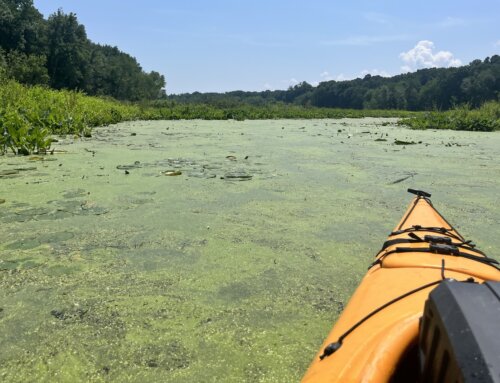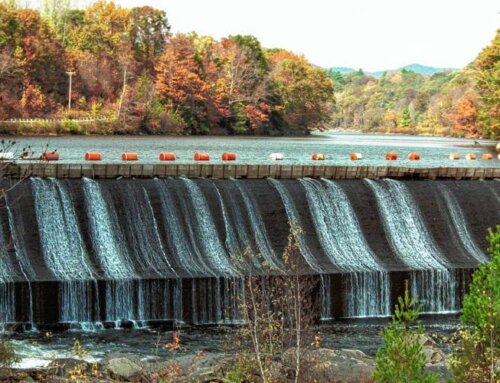JULY 2009 – In any ongoing discussion about the value of economic development versus the environment the question usually is: This development will bring jobs and so what is the environment worth? Most people never ask that question in their daily lives. They just want to be able to go to their favorite lake or river and enjoy it and have their children and grandchildren enjoy it into the future.
The problem with the question is that it forces a conversion of an intrinsic natural value of a clean healthy environment into a monetized value of dollars and cents. For a long time there was no economic answer to that question. There are now two studies of real stature based on reliable research that do place an economic value on a clean health environment. It takes a bit to slog through them but they are instructive and provide consistent answers to the question.
The referenced studies are from the US Fish and Wildlife Service and the NH Lakes Association. As you might expect since they are who they are the studies relate mostly to the value of clean water. It is tough to tease out numbers that relate specifically to the Connecticut River from statewide economic studies but since the overall value of clean water in Vermont and New Hampshire is so impressive the Connecticut River shares in that value.
The US Fish and Wildlife Service studies are entitled “2006 National Survey of Fishing, Hunting and Wildlife Associated Recreation.” This survey has been done every 5 years since 1955 with their main research areas being hunting, fishing and other outdoor recreation. The Service collects information on outdoor participants nationwide and then breaks the survey results down by state so there are VT and NH survey summaries. The information is gathered by the US Census Bureau using telephone and in person interviews about whom and how often people in the household fished, hunted or otherwise participated in outdoor recreation.
The NH Lakes Association as the lead organization for a statewide coalition of stakeholders, commissioned a series of economic impact studies begun in 2003. Their finding categories include: fishing, boating, swimming, drinking water and waterfront taxes. Their estimates on economic impact do not include spending by other outdoor enthusiasts like birders or waterfowl hunters nor does it include indirect impacts such as businesses that have located in NH because of the proximity to clean water. The Lakes Association study surveyed nearly 1000 people at 73 access sites to NH waters along with employing reams of 2002 economic data to reach their conclusions.
In order to keep the statistics and explanations to a minimum the most easily compared value is that of fishing. So what is fishing worth to our combined VT and NH economies?
According to the US Fish and Wildlife Service study in Vermont fishing expenditures for gear and fishing excursions reached over 64 million dollars for 2006 as a combined figure for resident and nonresident spending. In NH the same figure shows 172 million dollars. While there is a slight discrepancy with the NH Lakes study that shows the figure to be 193 million dollars the difference seems to be the numbers of total days that in and out of state anglers spent fishing in NH. The Lakes study has the figure at 3.1 million days while the Service study has 2.7 million days. Reconciling the data would not alter the impact of fishing since both figures are big numbers and without those expenditures our economies would be that much weaker.
When combined the Service figures for VT and NH show fishers alone spent 236 million dollars. That is an impressive number but be reminded that hunting, bird watching, boating of all kinds and outdoor hiking and photography are not included in the 236 million dollar figure and in a quick summary those other expenditures when added together dwarf expenditures for fishing by almost double. And if the Connecticut River watershed includes 40% of the land mass of Vermont and it includes 33% of New Hampshire some significant portion of that 236 million dollars is spent in the Connecticut River watershed.
Unfortunately the 2006 Service studies show again that angling days in both VT and NH are declining and that this is a continued trend over the past 15 years. What the Service studies do show though is that use of the out of doors for bird watching, boating, hiking and photography show steady increases over the same time period in both states.
So we started with the question: What is a clean and healthy environment worth in dollars and cents? The bottom line answer: A lot for both intrinsic and economic reasons.
David Deen is River Steward for the Connecticut River Watershed Council. CRC has been an articulate voice for the Connecticut River for more than half a century.







